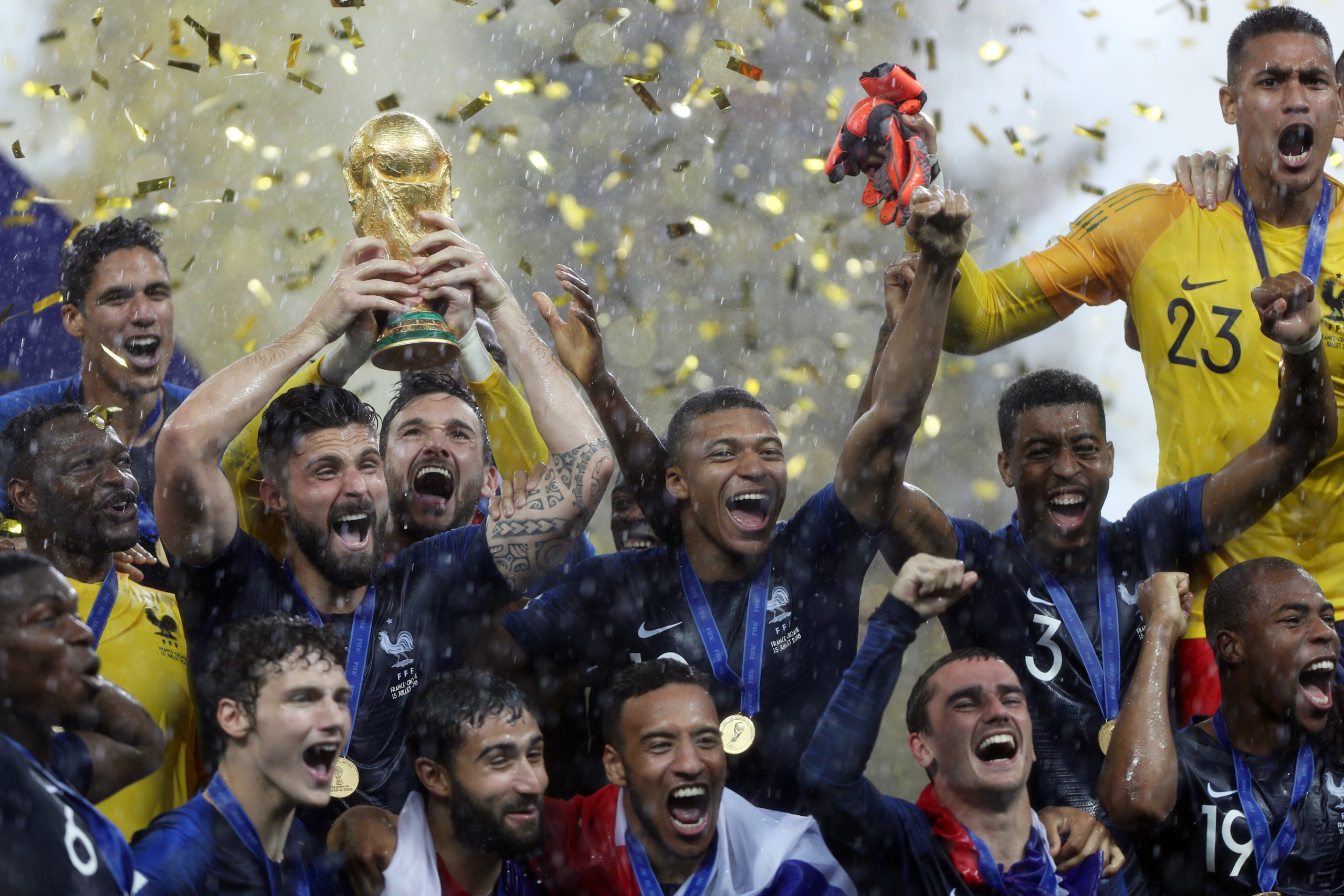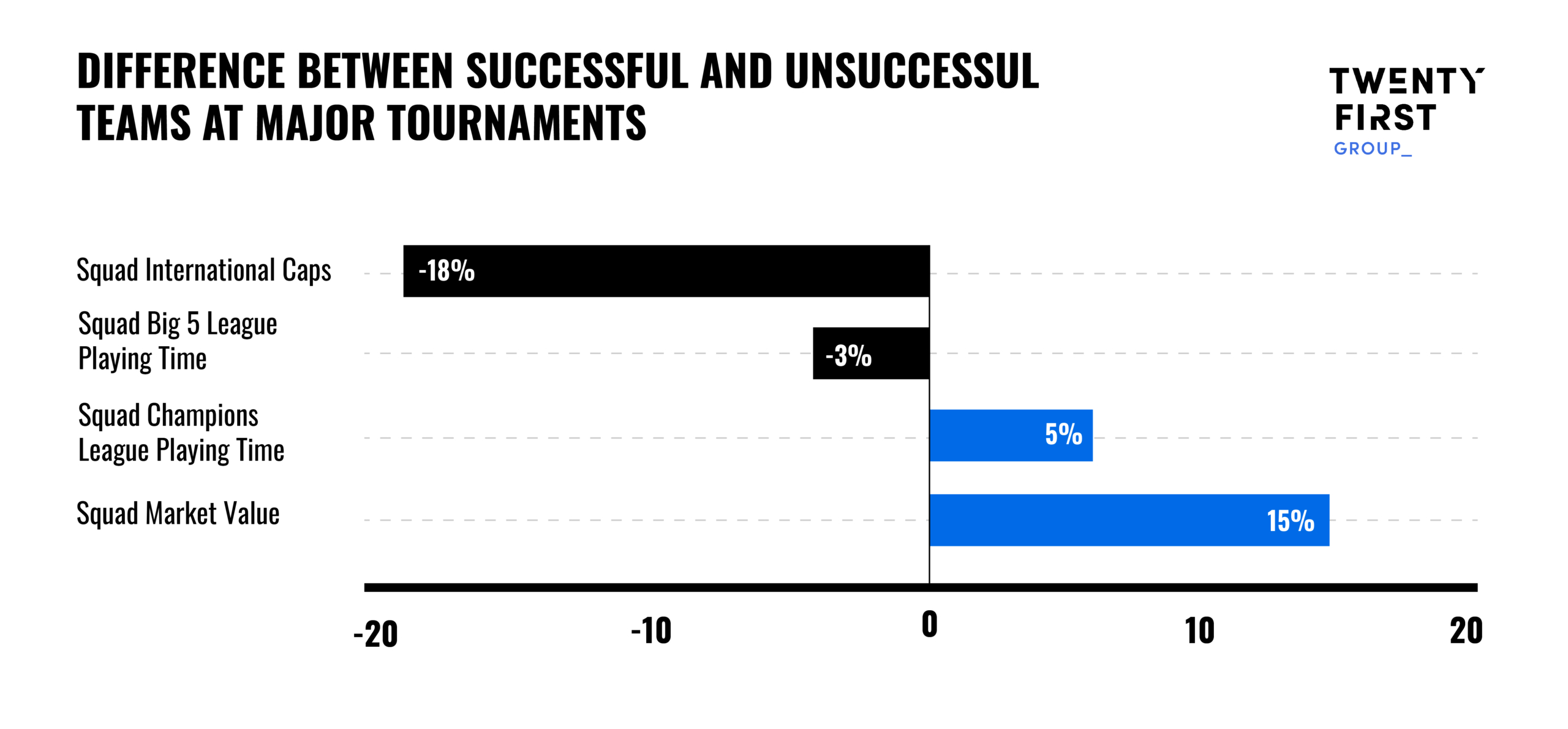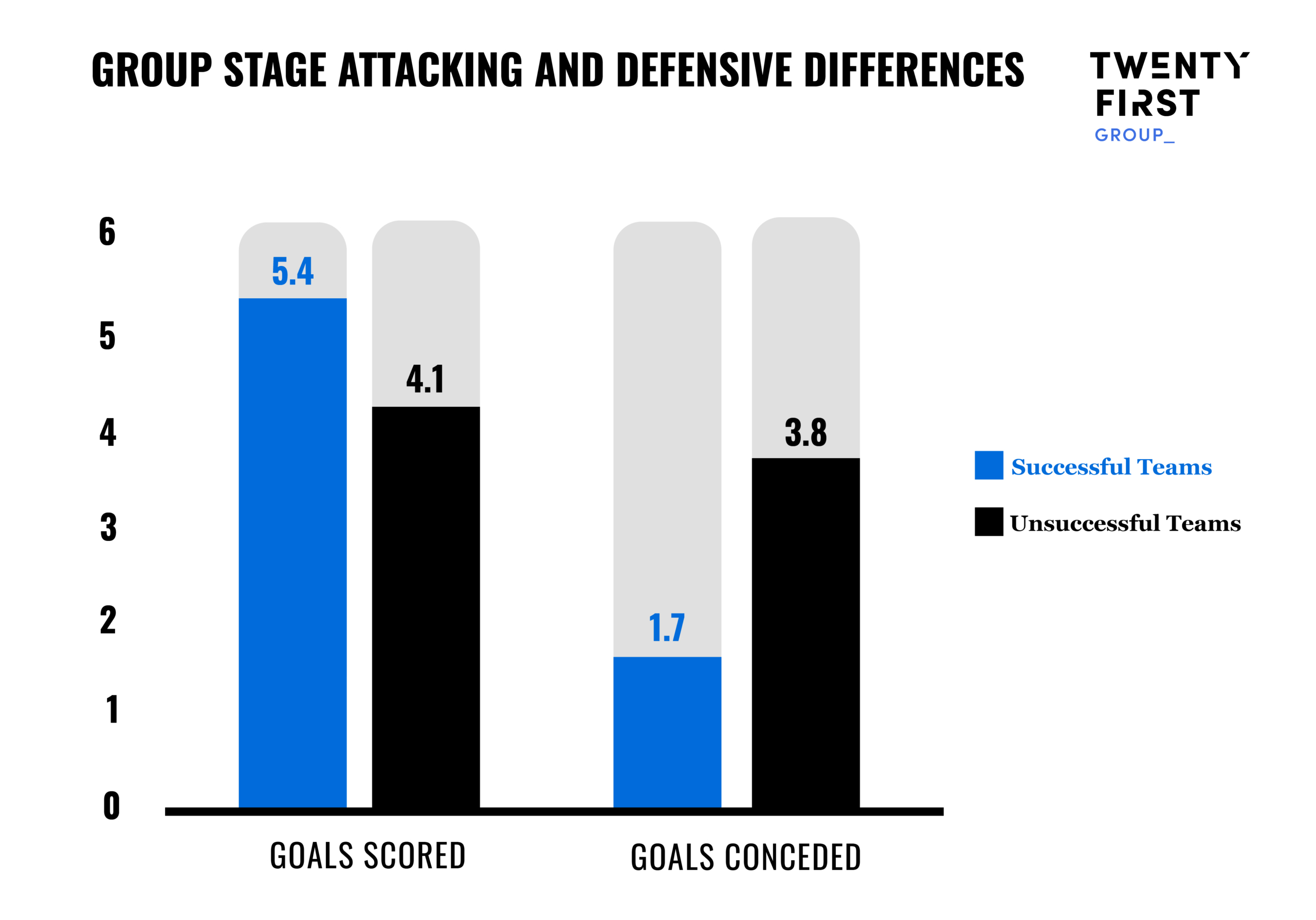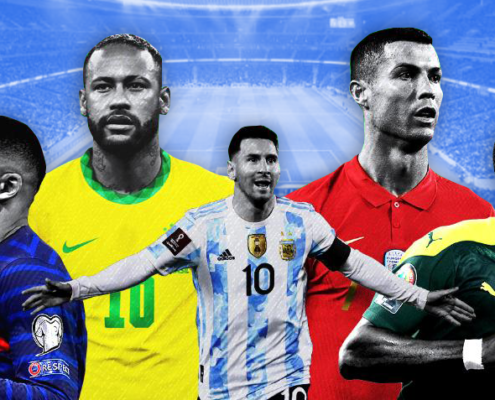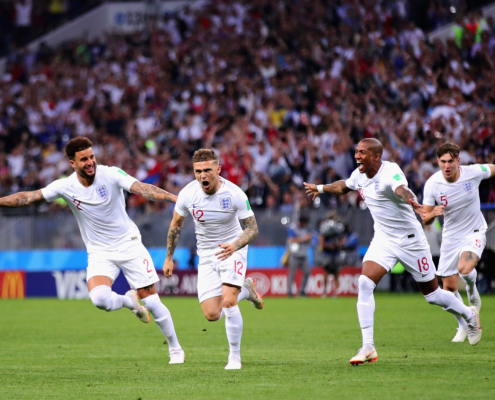Thought Leadership
Performance trends: What does it take to win the World Cup?
8 MIN READ
Thought Leadership
Inspired by what you’re reading? Why not subscribe for regular insights delivered straight to your inbox.
There is no winning formula in football, but there are competitive advantages. This is no truer than in the World Cup, where a short tournament means no team can guarantee success, but each team can eke out the small margins that might get them further than they hoped.
Using Twenty First Group’s Intelligence Engine, we’ve picked out the areas in which successful teams have differentiated themselves from unsuccessful teams. To enable a fair comparison, we’ve focused on the ‘big 5’ European countries plus Portugal, the Netherlands, and Belgium, and compared tournaments where these teams reached semis and finals, to tournaments where these teams went home early, picking out the key success factors since 2010.
Look to the present, not to the past
Obviously, having good players is a good starting point for success. Successful squads have had an average market value of £720m, compared to unsuccessful squads being valued at £623m. The makeup of these squads have generally been similar, with nearly 30% of squad value coming from attackers.
Interestingly, the discrepancy in total value is not driven by recent playing experience. Successful squads actually had less big 5 league playing time in the 24 months preceding a tournament than unsuccessful teams, and only had a small advantage in Champions League playing time. They also had significantly less international experience.
Instead, successful teams tended to have players closer to peak age, with an average age 10 months younger than unsuccessful teams (26 years and 9 months, compared to 27 years and 7 months). These teams tended to play more under-23s during the competition, and fewer over-30s.
This difference points to the challenges that national teams face when selecting squads. The temptation can be to prioritise the players who have contributed over the last 2-4 years, but invariably age catches up with players, and it can pay to select younger players who are closer to their peak and playing in elite domestic competitions.
Avoid staleness at the top
There are striking parallels between the profile of a successful squad to the profile of successful coaches.
Firstly, the successful coaches were on average 6 years younger than unsuccessful ones, and in their early 50s. Secondly, there is a similar danger of overweighting experience; successful coaches had been in the role for under four years on average in the lead up to the World Cup – in essence, a whole cycle – whereas the comparator group had been in their role for over 5 years. In short, national teams need to avoid their coaching setups becoming stale, and perhaps make changes before it is too late. Joachim Löw is perhaps the standout example of this, with Germany’s disappointing 2018 World Cup being in the 12th year of his role.
Build from the back
With such little time to work with the players, coaches often struggle to pull together a cohesive national team from back to front. The evidence points to the importance of getting things right defensively first: in the group stages, successful teams conceded 2.1 fewer goals than unsuccessful sides, a bigger difference than in attack (1.3 goals more).
Get seeded, or get lucky
Finally, the role of luck is undeniable in major tournaments. The winners will play just 7 matches and 22% of possible opponents, meaning who you end up facing has an outsized impact on how you perceive your success. Successful teams on average played in marginally easier groups; according to our Nations League ranking, the average team in their group was the equivalent of 25 rating points weaker, or roughly the same as a small handful of league places in a domestic league. Of course, playing in a weaker group is not pure chance: good results in the preceding years improves the chances of being seeded and facing easier opponents.
While there are plenty of teams that have bucked the trends identified here, the averages are informative and should form the foundation of any national team strategy. While it is time for the players and coaches to focus on Qatar, strategic decision makers should already be turning to data to guide decisions ahead of the 2026 World Cup in the Americas.
If you would like to find out more about our Performance Intelligence please get in touch with Omar Chaudhuri.
